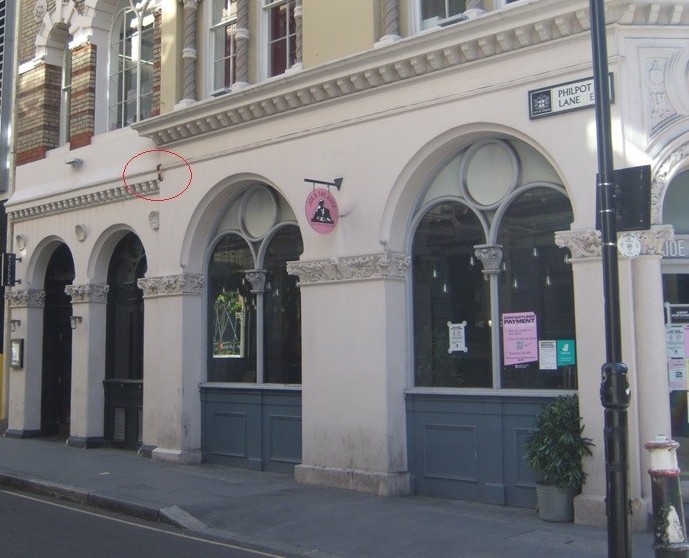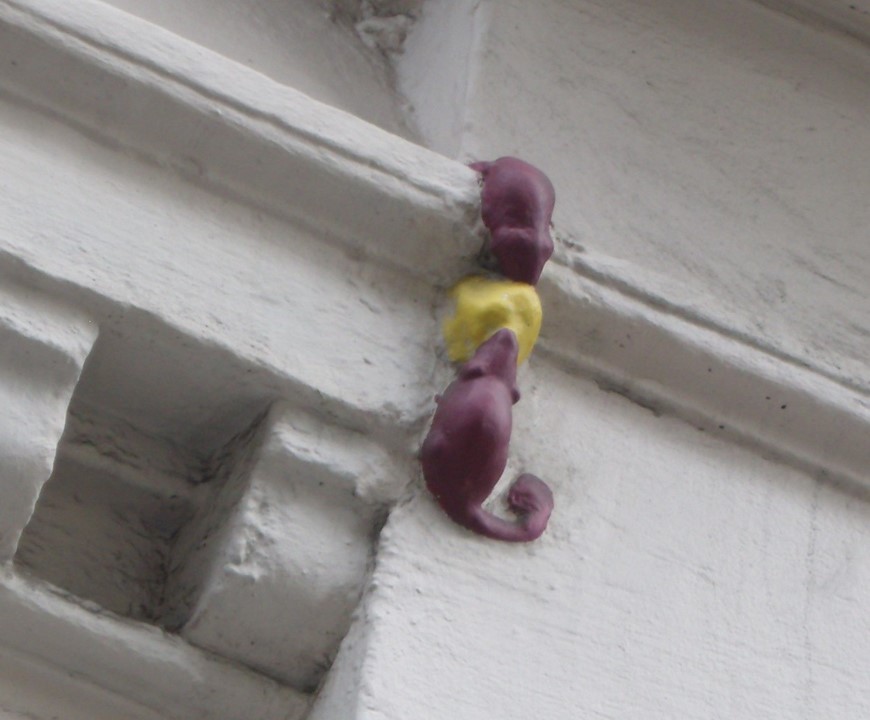So, who are the Wax Chandlers?
Think candles and you’d largely be right. The Company’s powers date back to 1484, when King Richard the 3rd issued them with a Royal Charter granting them control over the Wax trade in the City – the wax being beeswax.
They are number twenty in the order of precedence.
What business did the Chandlers regulate?
Candlemaking was certainly a trade regulated by the Company – but only those made from beeswax, candles made from tallow were overseen by the Tallow Chandlers company.
Funerals as well were with the company’s remit and its members included the City’s embalmers.
Members producing candles not made from pure new beeswax could be imprisoned, fined, made to endure a spell in the pillory or even expelled from the Company. The latter sanction meant that they would no longer be allowed to trade in the City.
The importance of purity is echoed in the Company’s coat of arms which features unicorns.
Beeswax was a valuable commodity and was even used as a barter currency.
Aside from candles they also made wax images, wax moulds and seals for documents as well as candles, tapers and torches.
Today the Company is no longer a regulatory body but does support the beekeeping and beeswax industries.
It’s also involved with initiatives with what is called CleanTech – the promotion of sustainable and non-polluting technologies.
They support education charities helping children from poor families, those with language or communication challenges and those with special needs.


